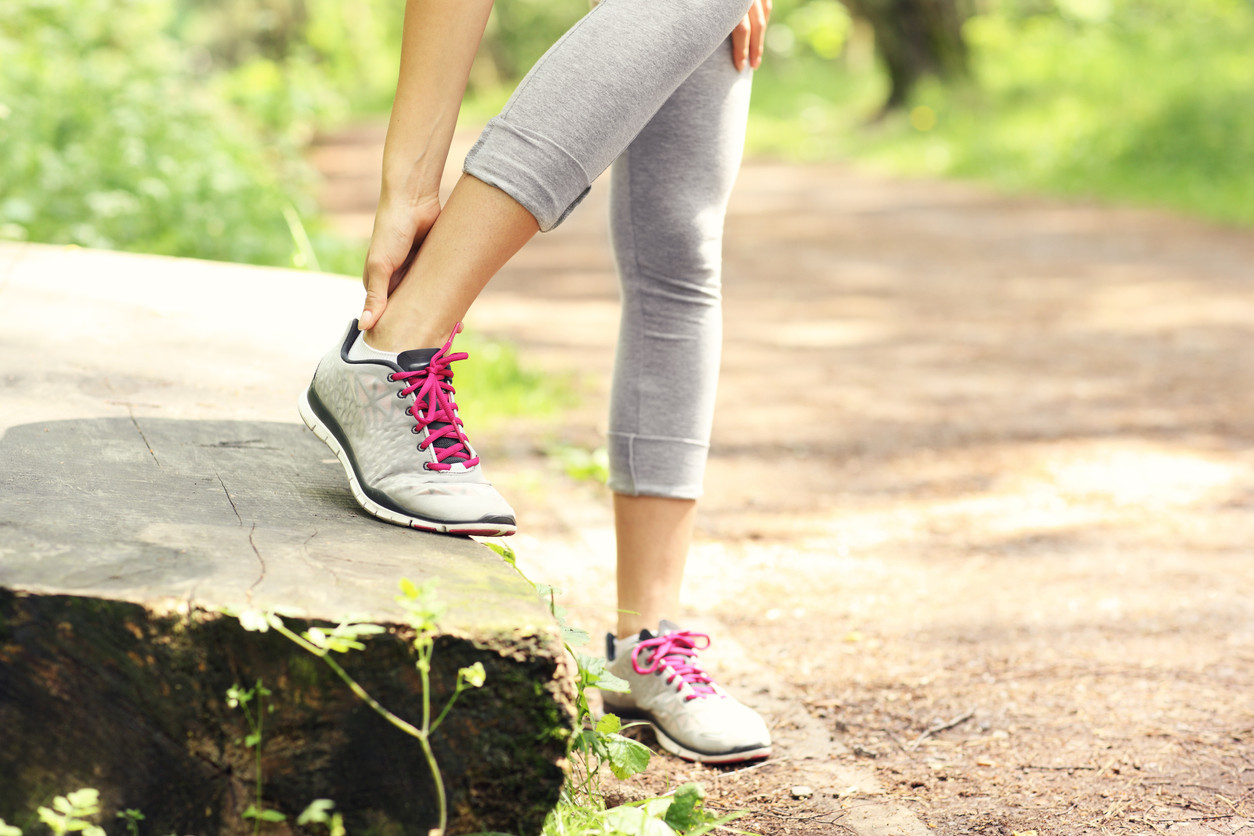Heel Spurs: Causes and PT-Approved Exercises for Pain Relief
Is your heel killing you? Learn more about heel spurs, including what causes them and how to treat them, according to physical therapists.
$0 costo para usted
Fecha de Publicación: Jul 4, 2024
El índice
Toca el alivio del dolor. En cualquier momento y en cualquier lugar con nuestra aplicación.
Haz ejercicios de un fisioterapeuta con licencia y más para aliviar tu dolor. Todo bien desde tu teléfono. A un costo de 0 dólares para ti.
Comienzpor la aplicaciónExercises to Relieve Heel Spurs
¿Quieres atención de expertos? Consulta si estás cubierto por nuestro programa gratuito �→- Standing Calf Stretch
- Calf Raises
- Arch Raises
- Towel Scrunches
